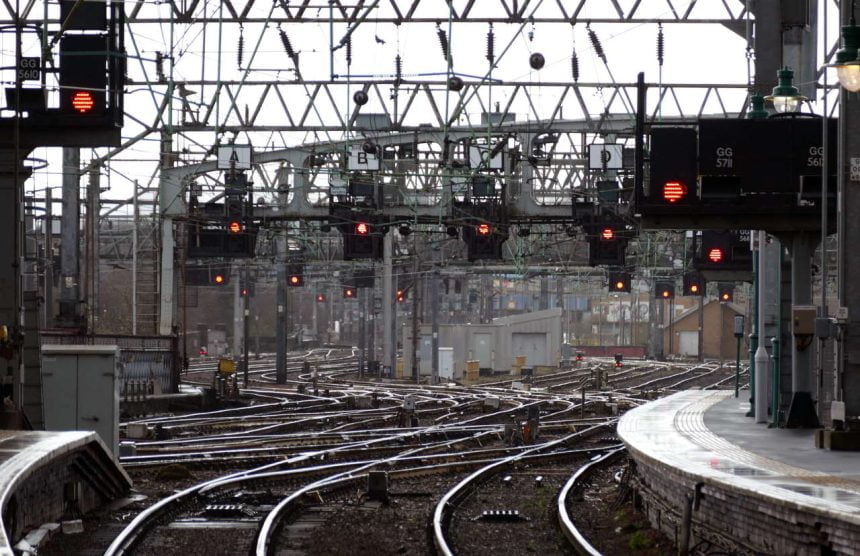The Office of Rail and Road (ORR) has published recommendations aimed at opening up the railway signalling market.
Britain's railway infrastructure is undergoing one of the most significant modernisation programmes in its history. The current market in Great Britain for signalling equipment is worth 800 to 900 million pounds per year.
The use of digital technology is increasing, and as it does, there is a corresponding increase in demand from suppliers. The railway network's main buyer of signalling systems is Network Rail.
With the expected scale of future demand, Network Rail needs to ensure that orders are affordable. To achieve this, the company must change its approach to procuring and delivering signalling projects.
The ORR found that the current market is not competitive enough. There are too few suppliers, costs are too high, and Network Rail does not have the procurement practices in place to benefit from its considerable buying power. ORR has made a number of recommendations aimed at attracting more suppliers to the market for signalling equipment in order to stimulate competition and achieve better value for money. These include:
- A new approach to procurement aimed at rewarding pro-competitive behaviour, widening the pool of suppliers, and reducing Network Rail's dependency on incumbent suppliers.
- Ensuring Network Rail's procurement processes are run on genuinely competitive terms and do not unduly favour existing suppliers or penalise ‘first movers' in new technology.
- Providing suppliers with greater certainty in the volumes of work awarded to them and reducing the risk when developing new technologies.
The recommendations would allow Network Rail to boost competition between suppliers on cost, quality, and innovation, and drive greater efficiency and performance across the network.
The key to success for the ORRs recommendations is continued cooperation and engagement from Network Rail, particularly in the regions. ORR has asked Network Rail to submit, no later than three months from the publication of the report, a strategy and plan setting out how it intends to implement the findings and recommendations.
John Larkinson, Chief Executive, ORR said: “There are more than 40,000 signals on the mainline network, with 65% of these needing to be renewed within the next 15 years – and essentially there are only two main players in the GB market for major signalling projects, namely Siemens and Alstom, who account for over 90% of Network Rail's major signalling spend.
“The shift from conventional to digital signalling systems has the potential to revolutionise the way the railway operates, delivering transformative improvements to increase capacity, lower unit costs, and reduce disruption.
“Our recommendations set out how Network Rail can reduce reliance on the dominant suppliers, and make the market more attractive to potential new suppliers by increasing suppliers' confidence in the market and reducing costs.”
Where Next on RailAdvent?
Subscribe for More
Railway News
DVDs, Prints, Cards, Gifts
MAINLINE STEAM INFO
Competition Time!
COMMUNITY PHOTOS
FREE NEWSLETTERS
